|
In my last school all teachers did a year long research project. I did a project about using Lego in the middle school classroom, with Michelle Jones (who is now working with me at my current school!). We did some things together and some things separately. Here are things I did, or did with Mich:
I felt inspired after looking back through our work and decided to create a mini Lego activity to use with my students...partly inspired by the Extraordinaires, partly by the duck challenge and lastly by Lego activities I have done at trivia nights, or at the Museum of Design Atlanta's Bricks and Brews Nights. In fact - here is an example - I went to Bricks and Brews, and our prompt was 'cartoons' - we made a Cat Dog model!
The following challenge can be done as a warm up activity, or can be extended to last for a whole class period. You will obviously need Lego Bricks, (though if you don't have many, you could make the challenge harder, by giving them a limit to the number of bricks they could use)! You can give all students the same product to design, then they have to justify their choices, (Optional: Students can vote on their favorite Lego creation / or students get to redesign their product after getting ideas from their peers). The other choice is giving each student a product secretly, then having them design it, then the other students guess what it is. I recommend printing out the presentation, with 6 slides per page, then you can cut products out, and hand them out as little cards.
Here's a link to the presentation. Feel free to make a copy and adapt it (File>Make a Copy).
In January the Grade 10s will have their second Personal Project afternoon session. This session will introduce them to the Personal Project Report, including showing them examples, giving them a template, as well as lots of top tips! I'm the PP Coordinator, so would usually run this session, but I'll actually be at the IB's office in Cardiff during this time, so will run the session virtually! This means students will watch this video, before having time to work on their reports. I'll also be able to answer any further questions on email, but will be leaving them in the very capable hands of the Grade 10 team and our MYP Coordinator!
Personally I am super proud of the first one minute - I know it will make my Grade 10s cringe!
As always, here is a link to the presentation. Please feel free to make a copy (File > Make a Copy) and adapt it for your own schools.
I may have posted this presentation before, in my Personal Project bootcamp posts, as I originally designed it for PP students. However, it is also useful for professional development, or even to refer to when planning a unit. I always have it open when trying to think about which Global Context and exploration I want to steer my unit.
The presentation briefly describes what Global Contexts are. It then asks the audience to make assumptions about the definition of one Global Context, 'Identities and Relationships'. This is because I find often teachers and students just look at the title, and they bring their own knowledge and ideas to it, assuming what it means exactly. This also happens with the IB Learner Profile attributes, so you can do a similar activity with those too. After looking at the assumptions, each page has the Global Context, the description and the exploration. Following each of these pages I have put an example, about a car. You'll see that the words in bold, and taken directly from the description or exploration. Each of the car projects are very different, and I did this so that people can see that the Global Context focuses the project, it is not an add on, or a 'this GC fits best' scenario...
Here is a link to the full presentation. Feel free to make a copy (File> Make a Copy) and use in your own schools. No need to give me credit, but if you use it, I would love to hear about the experience and any feedback!
It's the last week of school, but I am already prepping for the start of next year. When Grade 10 arrive back we will have an extended session all about the Personal Project Report (I'll share the presentation soon), then students will work on their first draft. I'm asking for supervisors to give feedback strand by strand, using this document to help them (given to me by Carmen Samanes):
and teachers will use the following document to provide feedback (created by me):
To make a copy of the Strands Explained or the Feedback Template, select 'File', then 'Make a Copy'
I've shared a few posts about Approaches to Learning (ATL Skills) before:
and I haven't posted a link to my ATL Toolkit, but have not explicitly talked about it here.
My ATL toolkit has every ATL Skill, Cluster and Indicator...but then with each indicator, it gives resources, including thinking routines, videos and strategies, to help you support students in developing those skills. Some examples: Communication - Give and Receive Meaningful Feedback
The spreadsheet has resources for most indicators, but not all, and it is mostly full of things that I have found and used. My request is that people share the resources they use, so that I can add it to the ATL Toolkit - many heads are better than one right? Please share links in the comments, or you can comment directly on the ATL TOOLKIT!
Below is a resource made by our incredible MYP Coordinator Carmen Samanes. It's a blank unit planner template, but has links to describe each elements of the unit - from writing the Statement of Inquiry, through to reflecting on the unit when you have finished teaching it. This document can help even MYP newbies to write awesome units!
Link here. Sometimes MYP teachers find writing the Inquiry Questions quite difficult. Here's a handy cheat sheet to help you! (These are just guidelines, not 'rules'). For more information on creating Inquiry Questions click here.
|
Archives
June 2023
|
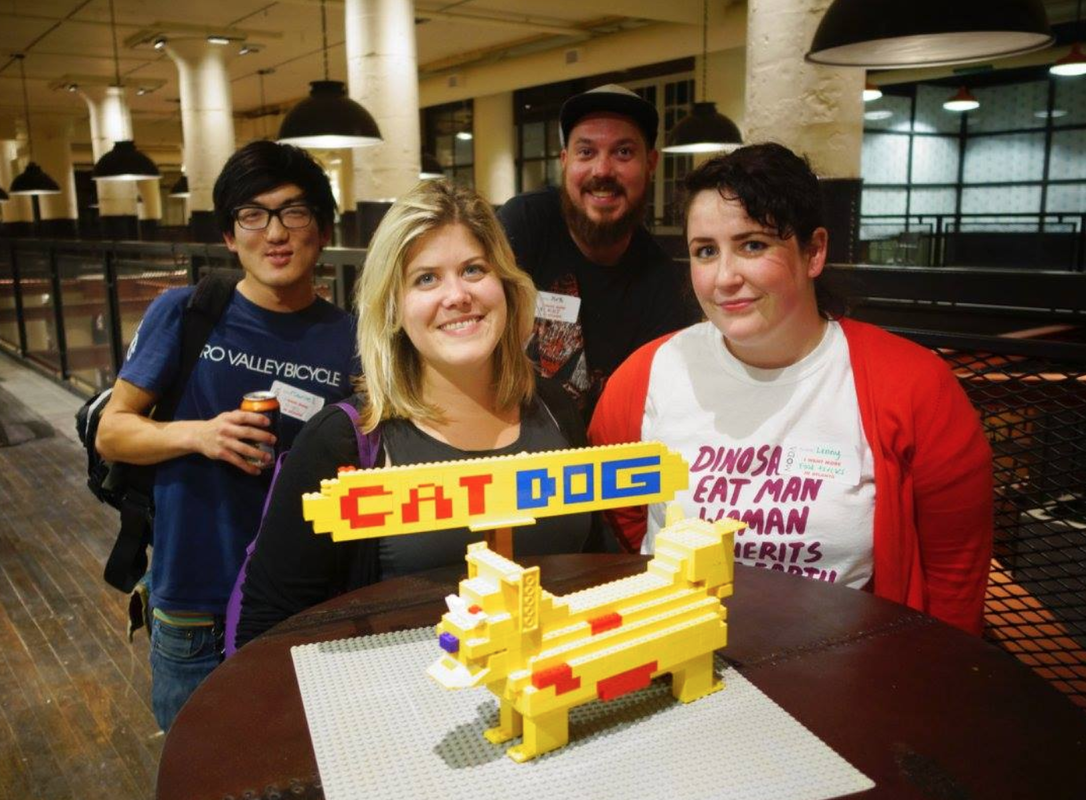
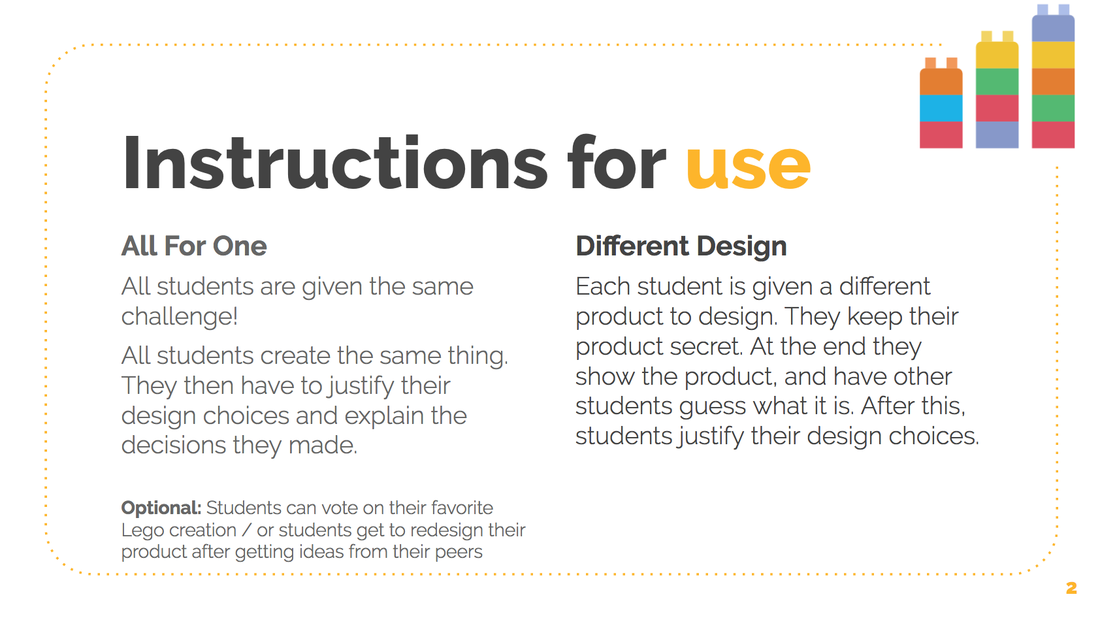
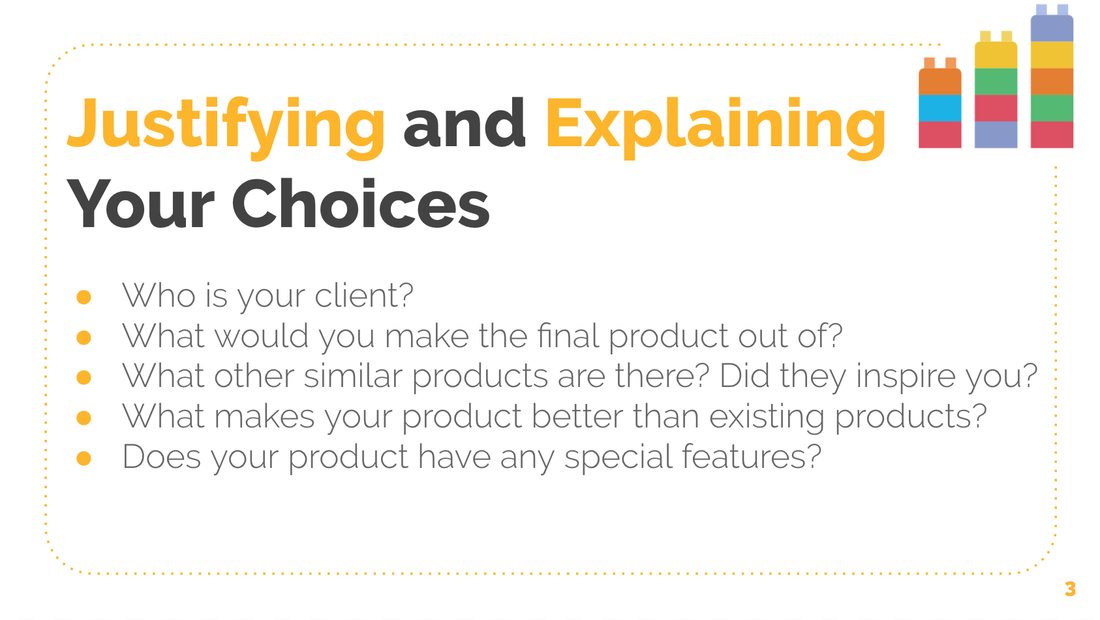
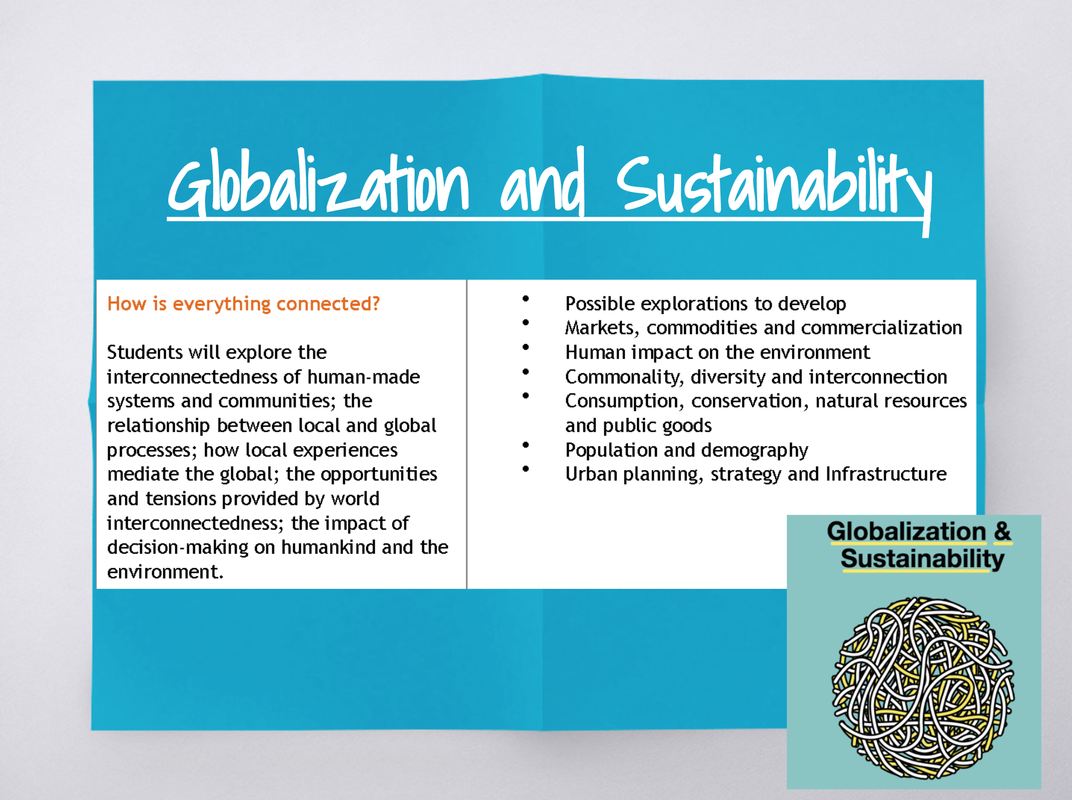
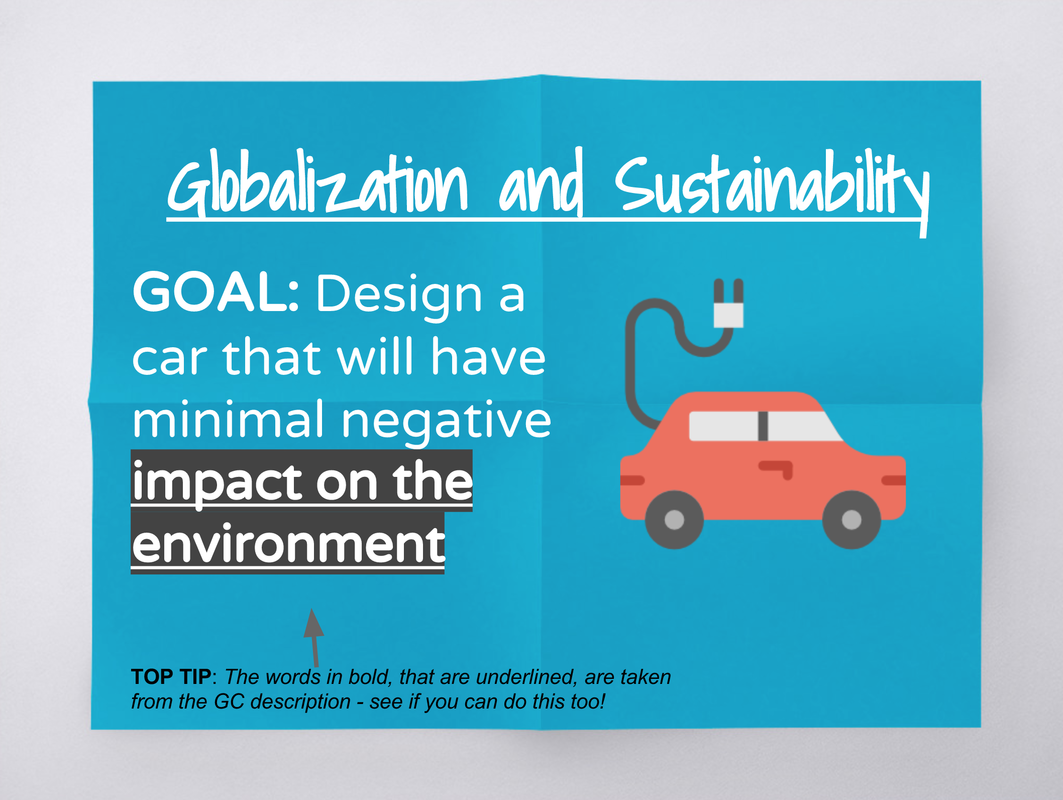
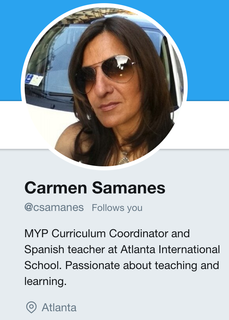
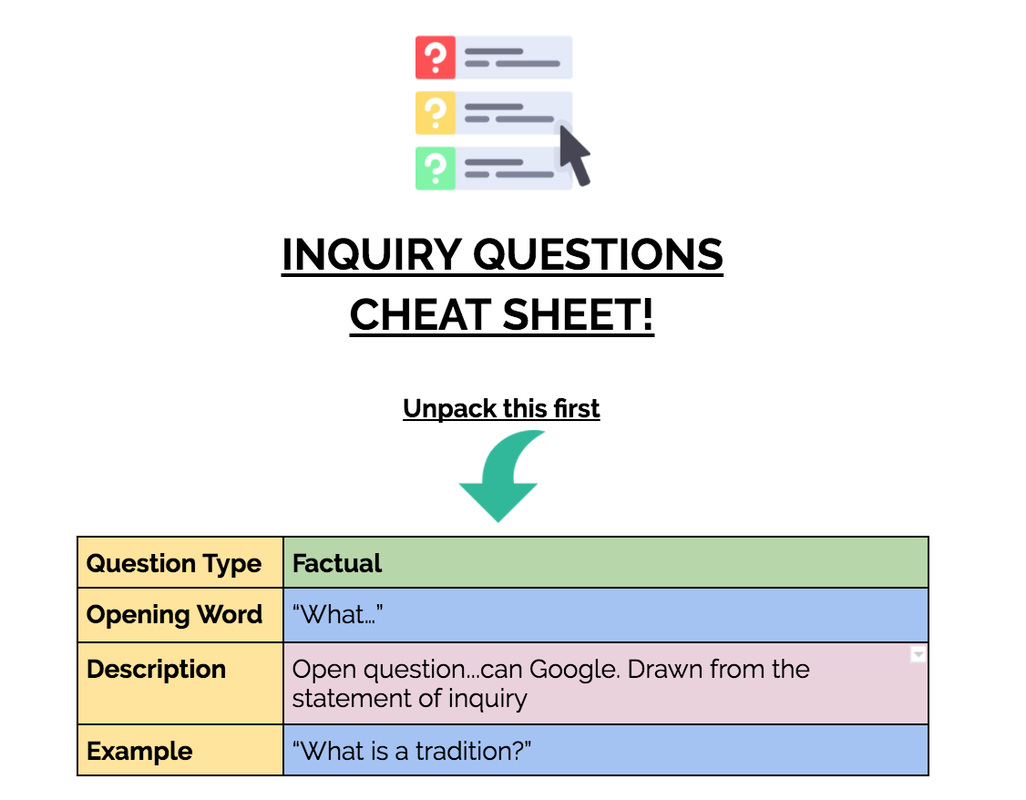
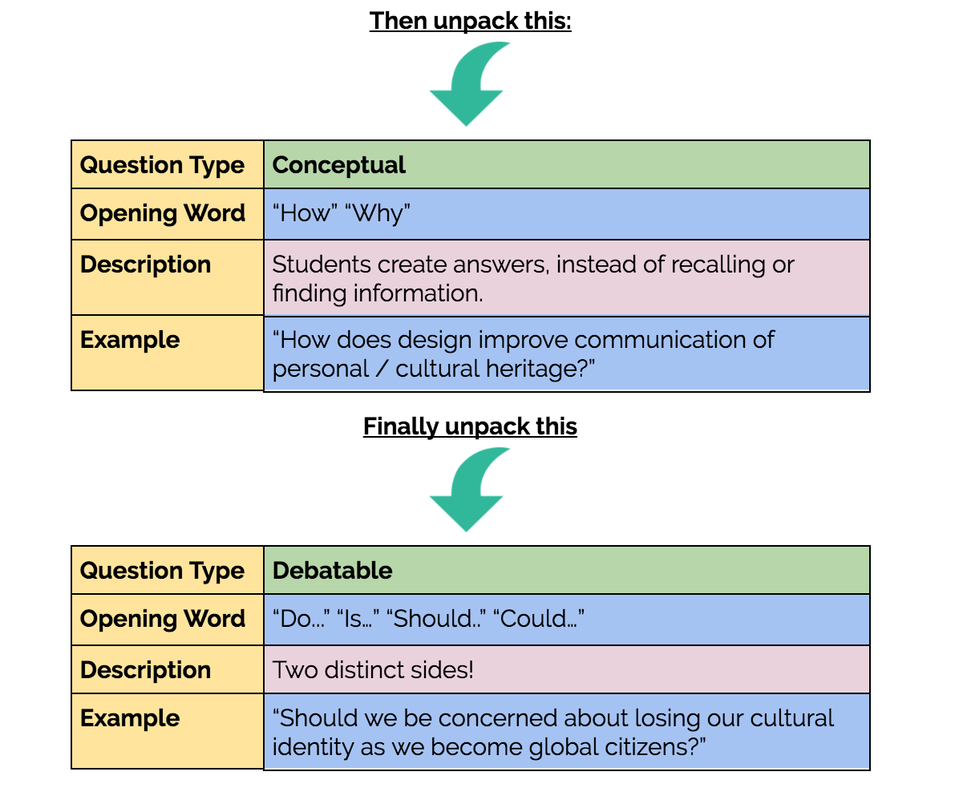
 RSS Feed
RSS Feed